Growing apricots in the Moscow region
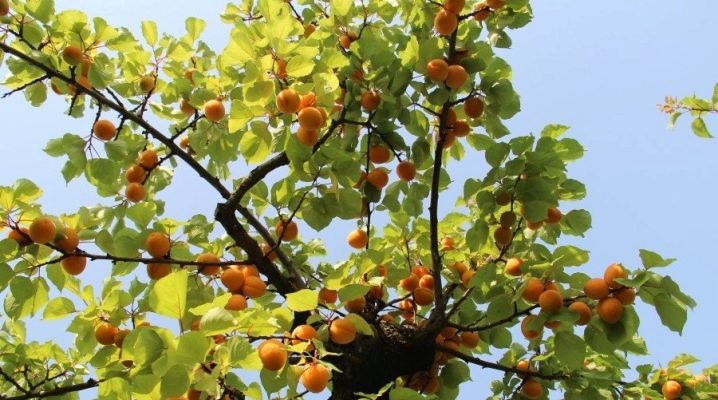
Apricot is a light-loving plant that is widespread throughout Russia. It grows mainly in the middle and southern parts of the country. It can be grown both in hilly terrain with many irregularities and on plains. The tree copes well with heat and drought, an unfavorable climate can do little harm to it.
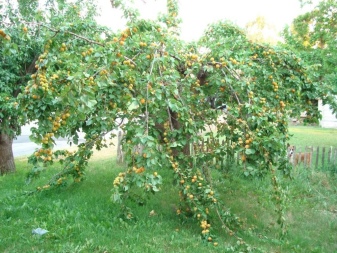

The best varieties
Residents of the middle lane often plant this plant in their summer cottages. Thus, the cultivation of apricots in the Moscow region has gained particular popularity among gardeners. A temperate climate allows the plant to develop and grow properly. The list of the best varieties for this region is very wide.
- "Star" - the variety became famous for its firmness and fruit taste. Ripe apricots are distinguished by a bright orange hue, which is similar to red. The fruit has a honey and sweet flavor, the texture of the fruit is soft and tender. It almost melts in your mouth. Apricots are quite large, the weight of one specimen can reach up to 25 grams. They ripen in dense clusters, 7-9 pieces per branch. The tree itself is extremely resistant to temperature extremes and pests. Its growth is low, it grows to a maximum of 3 meters.
This feature greatly helps to facilitate harvesting. The leaves are pointed and small in size.
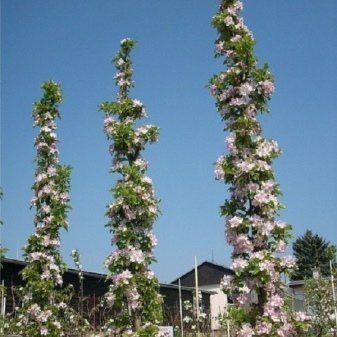
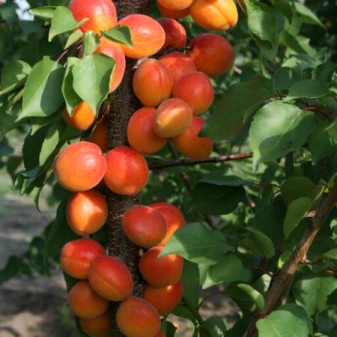
- "Northern Triumph" - a distinctive feature of this variety is its colossal frost resistance. So, apricot can withstand temperatures up to -35 degrees. However, this variety alternates its fruiting seasons, so a rich harvest will not wait for you every year.
It is worth choosing this type if the temperature in winter in your area drops too low.
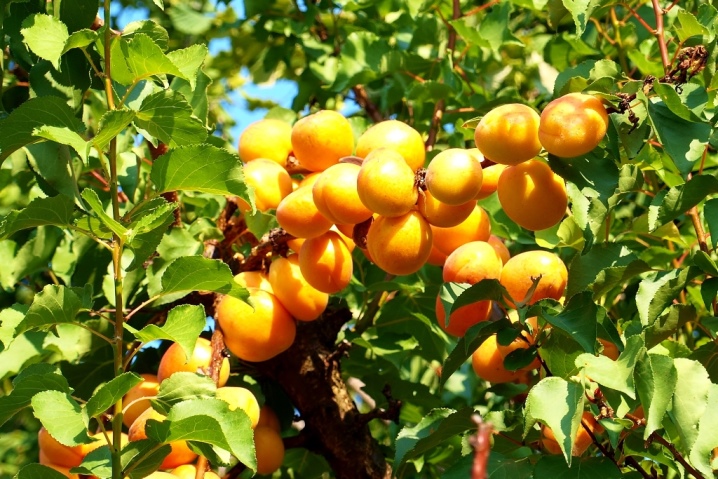
- "Prince Mart" - the variety has large orange fruits with a thin and soft skin, which is not felt at all while eating. The texture of the fruit is very delicate, and the taste is sweet and juicy. Its size is quite large, the weight of one fruit reaches 25 grams. The tree is resistant to frost and heat, so bad weather conditions will not interfere with fruiting. Possesses high immunity to various diseases and parasites. The harvest of these apricots is harvested closer to August, since by this time the fruits have time to reveal all their taste.
After planting, the tree can give its first fruits after 2 years, although it needs to be given more time to fully collect. So, after 5 years, you will already be able to enjoy delicious fruits.
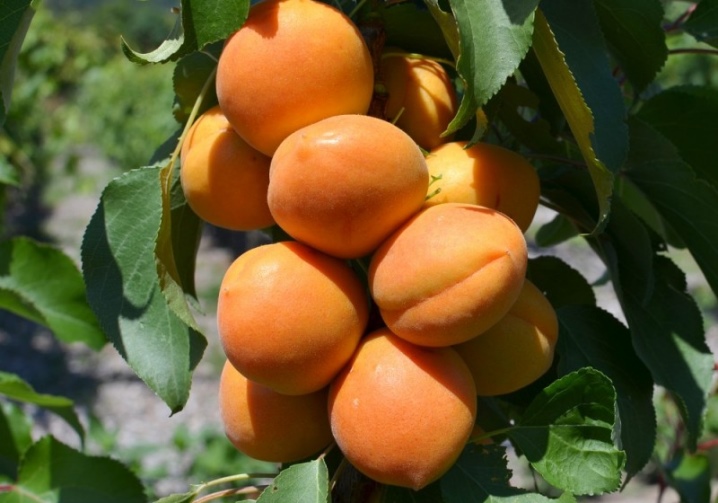
- "Black Velvet" - this variety contrasts strongly with the previous ones. Its main difference is color. Despite its name, the fruit is by no means black, it is rather dark purple with wine shades of burgundy. The taste of this fruit is extremely sweet and juicy, in some places it gives off muted honey notes. The skin of the fruit resembles dark royal velvet. This is where such an unusual name came from. When the fruit ripens, it becomes very soft and brittle. Therefore, it is worth harvesting very carefully. The tree grows medium-sized, and summer residents can safely harvest without the help of stairs or stepladders. Its leaves, oddly enough, have the usual light green, and in some places bright green color. Their shape is elongated and drop-shaped with a small pointed tip. Fruits ripen in small clusters, 3-4 pieces each. Flowering and formation of the ovary occurs at the end of spring. Harvesting takes place in late July or early August.It depends on the weather conditions and the quality of the soil.
The tree tolerates cold well - you don't have to worry about how the plant will cope with low temperatures. The variety is ideal for the middle lane.


- "Red-cheeked" - this type of apricot gives a good harvest quickly. Three years will be enough for the tree to form normally and begin to bear fruit. Large fruits. So, one copy can reach a weight of 50 grams. The fruit has an oval, elongated shape. Its sides are decorated with small red spots that look like blush. The stone is very small and can be easily separated from the fetus. The skin is dense and rough, so mechanical damage to the fruit is not so terrible. Leaves are bright green with a pointed end.
The tree does not tolerate excess moisture, so it will wither quickly in rainy areas.
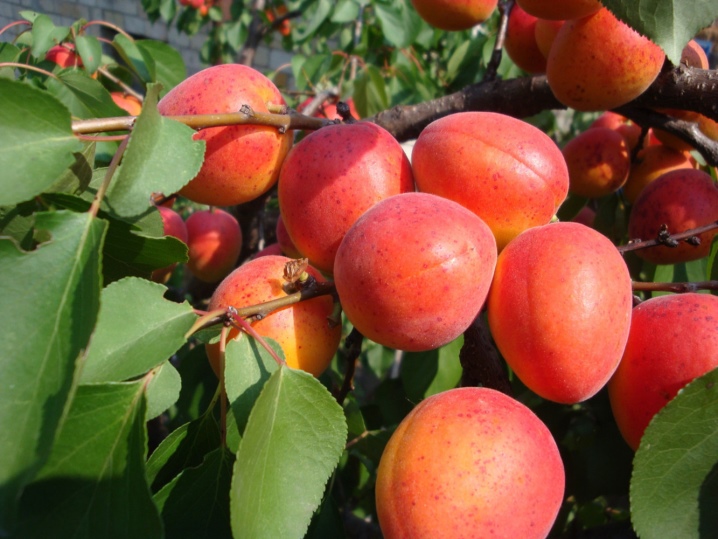
When to plant?
In central Russia (mainly in the Moscow region), apricot is planted before the onset of the first frost. Due to the increased sensitivity, the sprout may not survive the sudden changes in temperature. Since the climate in the middle lane is temperate, frosts come closer to November. Therefore, the optimal time for planting an apricot is the end of September, the beginning of October: severe frosts still do not threaten the plant, and it can have time to take root.
And also a good solution would be to plant a seedling in the spring, as this is no less favorable time.... You will protect the planting from frost, and at the same time the seedling will have time to strengthen over the summer. This will help him get through the winter much easier.
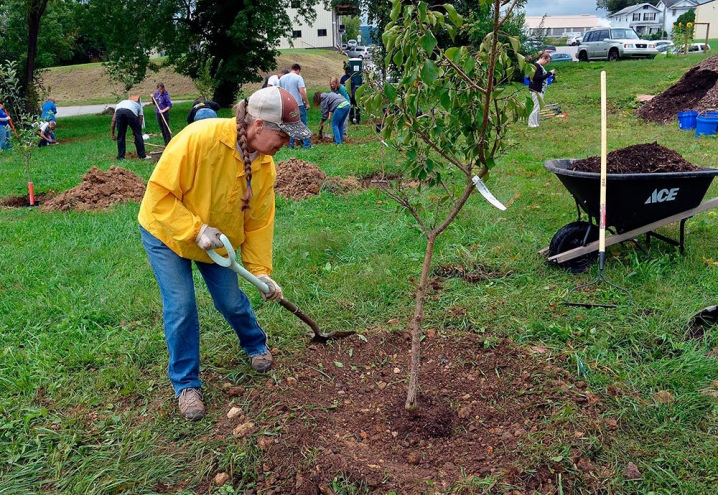
Landing
In the open field
An already strengthened plant should be planted in open ground so that it cannot wither too quickly.
It is worth landing in warm weather, preferably so that there is no strong wind or rain. The soil must be prepared and cultivated in advance. When making a hole, make sure that it is slightly larger than the root system, so the sprout will take root much faster and more reliably. Remember to fertilize the plant before submerging it in the ground. you can use both mineral and organic fertilizers.
After planting, water the seedlings well, but do not get carried away, as excess moisture will harm the root system of the young seedling.
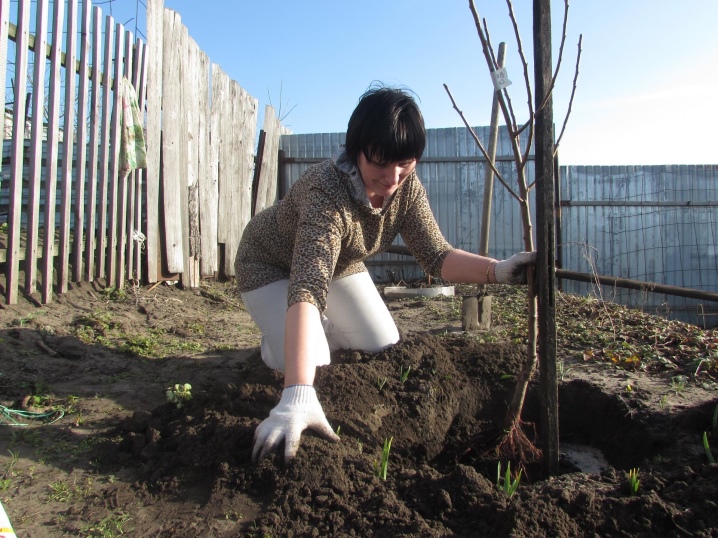
In the greenhouse
Prepare in advance the place where your apricot will grow. Make a hole in the bed and fertilize the soil. Watch out for that so that the tree has enough space, and it would not interfere with its neighbors.
Water the seedling periodically, but remember that apricots do not like high humidity. Ventilate the greenhouse to get rid of excess vapors that can significantly harm the plant by causing mold or other fungus to grow.
When planting a tree in a greenhouse, you do not have to worry that strong wind, rain or hail will damage its development. And also there are not terrible sudden changes in temperature, which, although rare, but take place in central Russia.

After planting in open ground, the seedling will take time to rebuild from one conditions of existence to others. During this period, its growth slows down significantly. This moment can drag on for a month, and the upper part of the plant may not show growth, but development takes place underground. The sprout strengthens the root system to adapt to the external habitat. After that, he will again continue to gain growth and dissolve the leaves.
Care
Watering
Apricots are extremely sensitive to moisture, making it much easier for them to survive drought than excess water. You need to take care of the tree competently. It is necessary to add water based on the level of dryness of the soil. If this is not required, then it is worthwhile to postpone watering for a while.
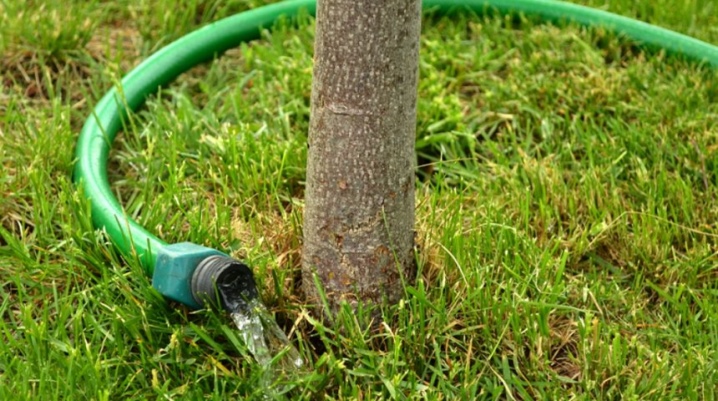
Pruning
It is necessary to prune the tree every year. After winter, it is worth removing excess or dried branches that slow down growth. This must be done very carefully so as not to damage the young buds, which will become leaves in the future.
Pruning step by step will help you keep the tree intact.
First, cut off any small and unnecessary appendages. They will greatly inhibit the growth of the tree and take away its strength. After determining the main fruiting branches and trunk, get rid of the rest. Treat the cuts with a special resin.
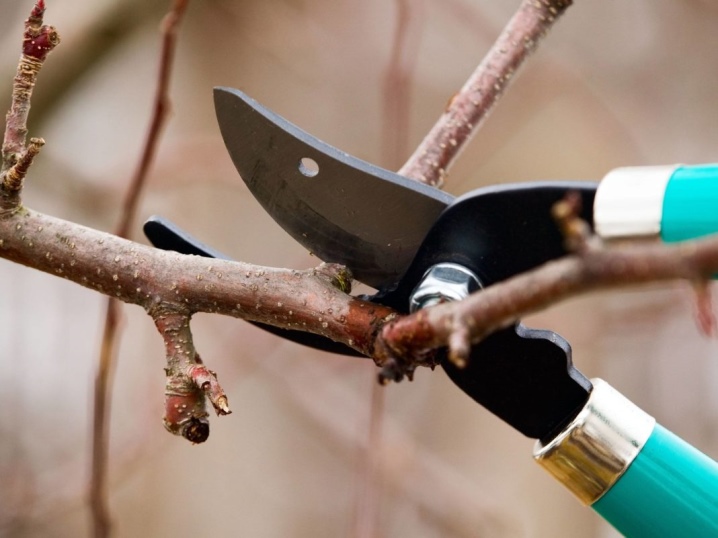
When the tree is just blooming, this procedure is not worth doing.
Top dressing
The tree should be fed at the beginning of the season and at the end so that it can properly gain strength before the next fruiting season. If there is such a need, then this can be done in the middle of summer.
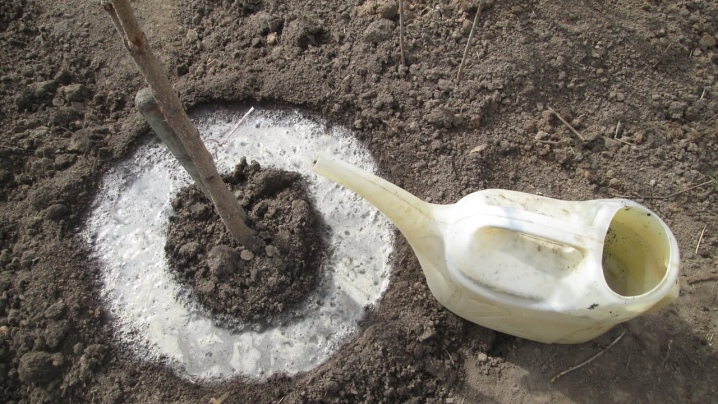
Mulching
The procedure should be carried out in the fall to cover and insulate the plant before winter. As raw materials, you can serve: waste paper, scraps of fabric, wood shavings, sawdust and coniferous branches. Spread insulation around the plant to provide warmth to the root system. After the plant wakes up in the spring, the shelter is removed.
It is important to open the seedling correctly so as not to damage anything.
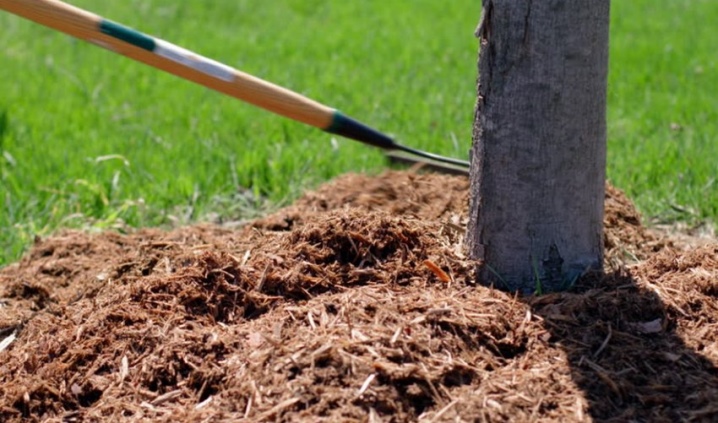
Wintering
In order for the plant to survive the winter, you not only need to cover it, but also carry out other procedures. You do not need agricultural technology for this. It is enough to water and fertilize the plant abundantly so that it gains strength during sleep.

Reproduction
The tree can be propagated in various ways:
- cuttings;
- seeds.
Planting with seeds will be the longest, but less traumatic for other trees.
To get a sprout, you first need to select the seeds. Selected samples should be soaked and left in suitable conditions for a while. Periodically glance at what you are getting.
After you notice that the seeds have sprouted, transplant them into a pot. Prepare the soil in advance so that it meets all the necessary requirements. Wait until the sprout gains strength.
Planting a seedling in the spring will be the best idea, since by the beginning of the cold weather it will have time to take root and strengthen the roots.

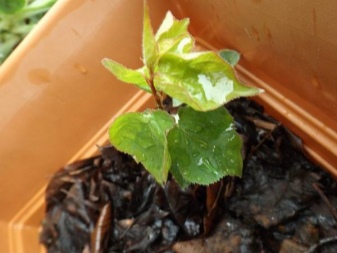
Cutting is a more traumatic method of tree propagation, but it is also more efficient and faster. Fresh shoots are used as material.
Fresh material must be cut off and placed in water. A root growth stimulant can be used for greater effect. After a while, remove the future trees from the water and transplant into a pot. Cover the resulting seedlings with foil and wait until the plants get stronger.
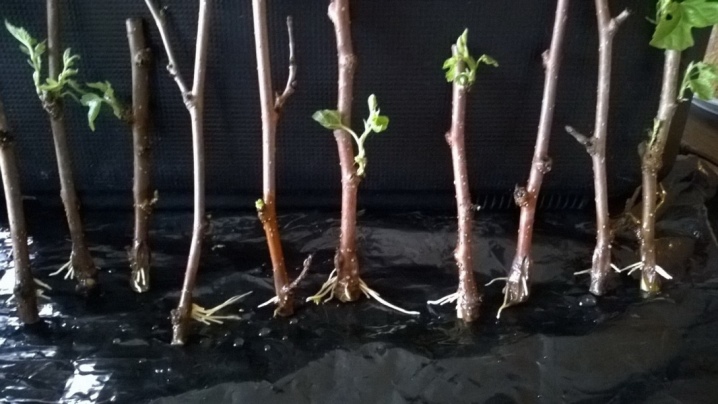
All of these options have their own characteristics. So, propagation by cuttings can significantly harm an adult plant. It is necessary to carry out such procedures extremely carefully. Make sections only with sterile and clean instruments so as not to introduce fungus or other infection.
Reproduction by seeds is very long and is able not to give, in general, any fruits. However, it is the safest for other trees.
Diseases and pests
Apricots are a fairly resistant species to various types of damage.... They are not afraid of many parasites and pests, but they can be infected by mold or aphids. These are the most common parasites of all.
To avoid collision with them, it is necessary to regularly inspect and treat trees with special means. Even the simplest soap solution will do.
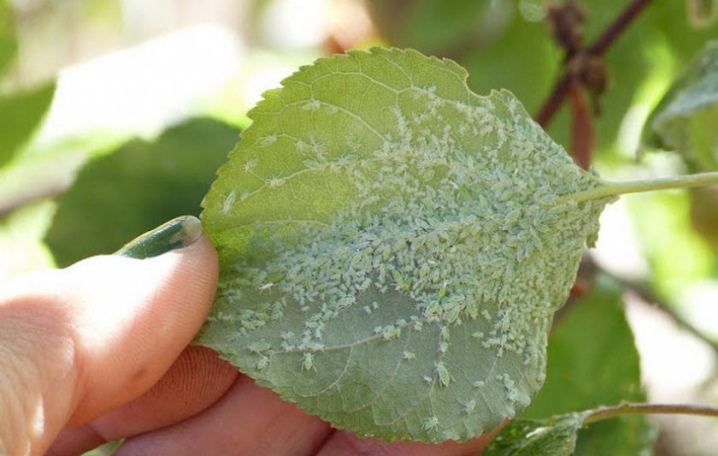
The foci of the disease should be destroyed immediately after detection, thereby preventing the disease from progressing further.









The comment was sent successfully.